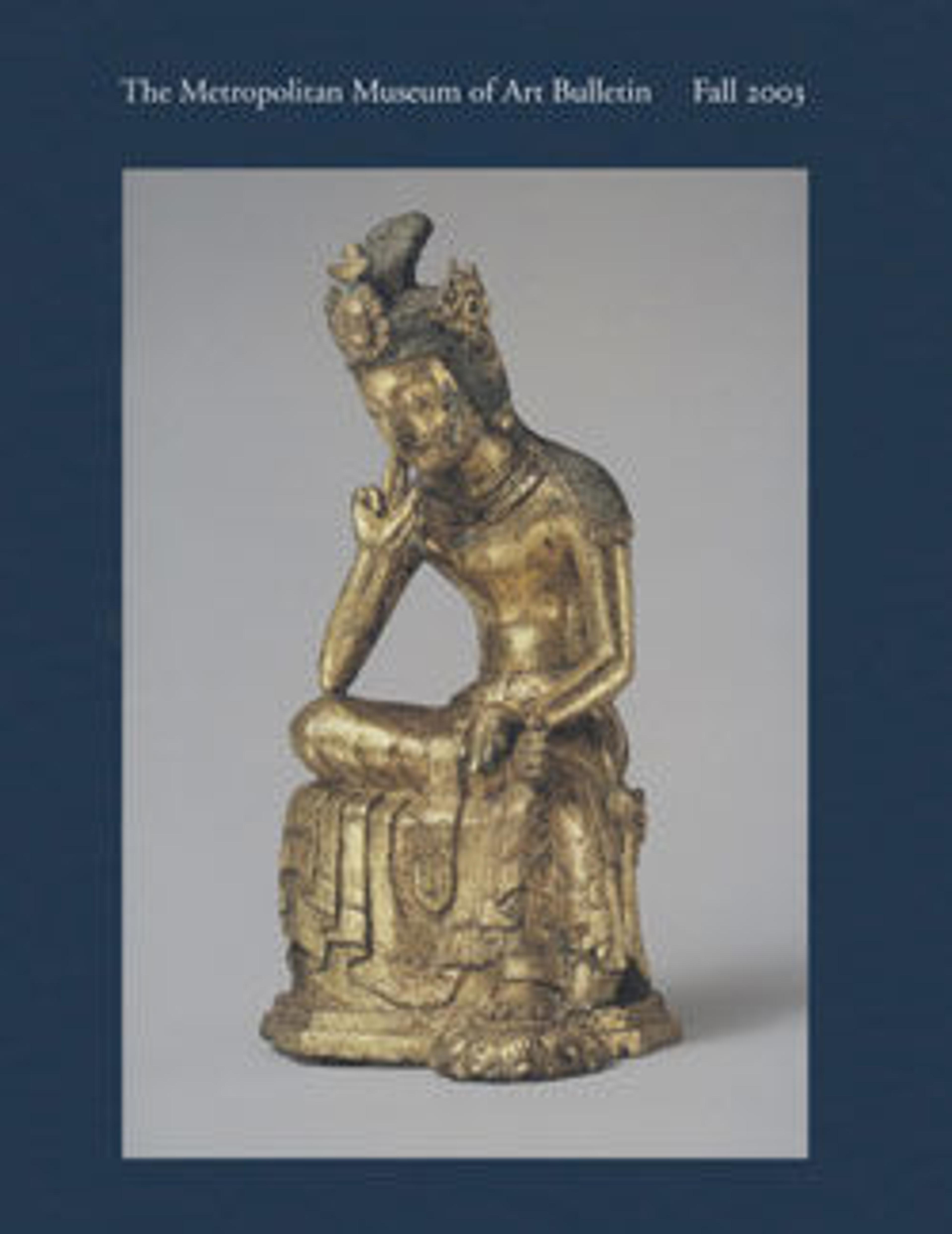Hell
Following Klinger’s example, the German Expressionists often used printmaking to explore subject matter related to the darker side of life. Beckmann was one of numerous artists within this movement to mine the creative potential of the portfolio. The prints of Hell collectively express the nihilism and chaos of life in interwar Berlin. In Night, which was also realized as a painting shortly before the print was produced, a group of men cruelly tortures a middle-class family in their home. Coupled with the other horrific scenes of the portfolio, the image was meant to relate the psychological trauma inflicted on the German people by war and economic strife.
Artwork Details
- Title:Hell
- Artist:Max Beckmann (German, Leipzig 1884–1950 New York)
- Publisher:J. B. Neumann
- Date:1918–19
- Medium:Portfolio of eleven transfer lithographs
- Edition:1/75
- Dimensions:Portfolio closed: 35 3/8 × 26 9/16 in. (89.8 × 67.4 cm)
a: 20 1/4 × 17 1/16 in. (51.4 × 43.3 cm)
b: 34 1/8 × 23 15/16 in. (86.6 × 60.8 cm)
c: 33 7/16 × 23 15/16 in. (85 × 60.8 cm)
d: 24 1/8 × 33 13/16 in. (61.2 × 85.9 cm)
e: 29 1/2 × 22 7/16 in. (75 × 57 cm)
f: 34 in. × 24 1/16 in. (86.4 × 61.1 cm)
g: 24 in. × 34 1/8 in. (61 × 86.7 cm)
h: 31 5/8 × 20 9/16 in. (80.4 × 52.3 cm)
i: 34 5/16 × 24 3/16 in. (87.1 × 61.5 cm)
j: 34 5/16 × 24 1/16 in. (87.1 × 61.1 cm)
k: 34 1/4 × 24 1/8 in. (87 × 61.2 cm) - Classification:Prints
- Credit Line:Purchase, Lila Acheson Wallace Gift, 2002
- Object Number:2002.491a–n
- Curatorial Department: Modern and Contemporary Art
More Artwork
Research Resources
The Met provides unparalleled resources for research and welcomes an international community of students and scholars. The Met's Open Access API is where creators and researchers can connect to the The Met collection. Open Access data and public domain images are available for unrestricted commercial and noncommercial use without permission or fee.
To request images under copyright and other restrictions, please use this Image Request form.
Feedback
We continue to research and examine historical and cultural context for objects in The Met collection. If you have comments or questions about this object record, please contact us using the form below. The Museum looks forward to receiving your comments.
